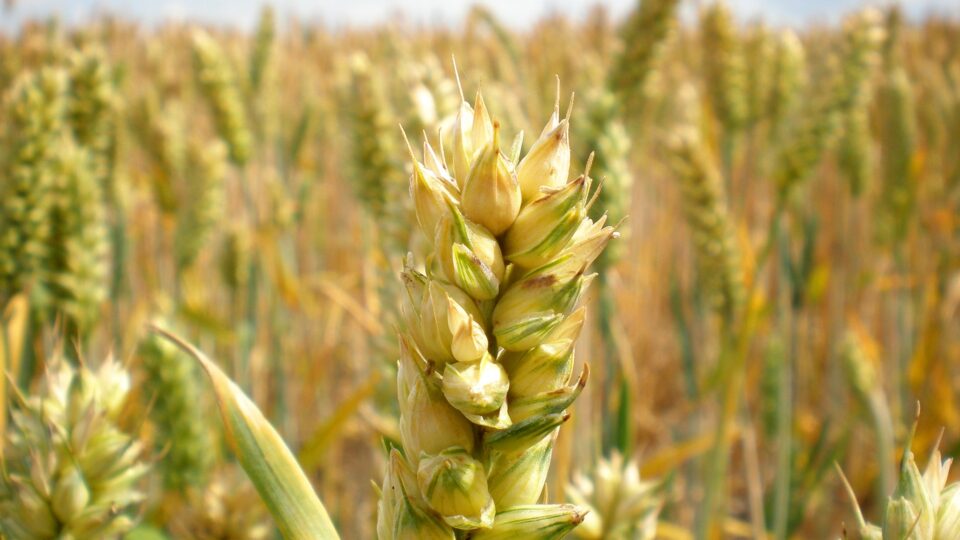Wheat is one of the most widely-grown crops in the world and plays a major role in human nutrition. In fact, wheat contributes approximately 20% of the protein and 20% of the calories consumed by humans globally. It is grown on every continent except Antarctica.
But wheat is under growing attacks from harmful toxins. According to a new study by researchers from the University of Bath and the University of Exeter in the U.K., almost half of wheat crops across Europe are impacted by the fungal infection that gives rise to mycotoxins.
Mycotoxins are naturally occurring toxins produced by the fungus that causes Fusarium Head Blight. Fusarium Head Blight is a disease that affects wheat and other grains growing in the field. Eating products contaminated with mycotoxins can cause sickness in humans and livestock, including vomiting and other gastrointestinal problems.
In the study, the research team examined 10 years of government and agribusiness data, which tracked Fusarium mycotoxins in wheat entering the food and animal supply chains across Europe and the U.K. Half of the wheat intended for human food in Europe contained the Fusarium mycotoxin. In the UK, 70% of wheat was contaminated.
Governments set legal limits on mycotoxin contamination levels in wheat that is to be consumed by humans. But with the ubiquitous nature of these mycotoxins, the effect of constant, low-level exposure in the diet over the course of a lifetime is not known.
With climate change and the war in Ukraine already impacting both wheat yield and price, preventing toxin contamination is critical to help maintain a stable crop price and to protect global good security.
**********
Web Links
Harmful fungal toxins in wheat: a growing threat across Europe
Photo, posted July 11, 2011, courtesy of Maria Keays via Flickr.
Earth Wise is a production of WAMC Northeast Public Radio.
